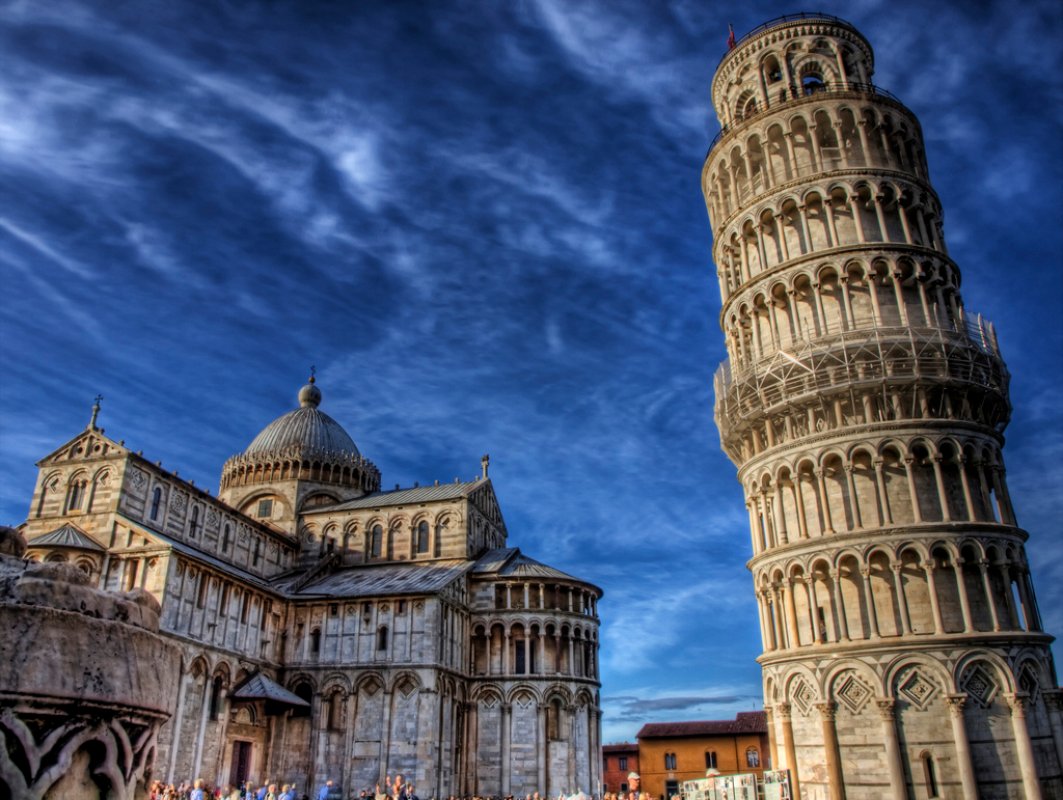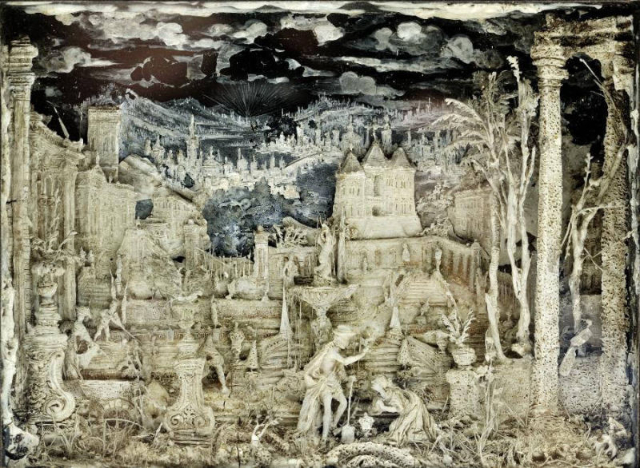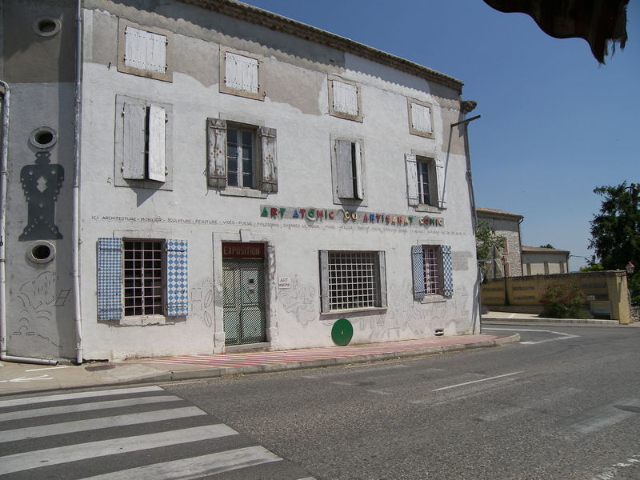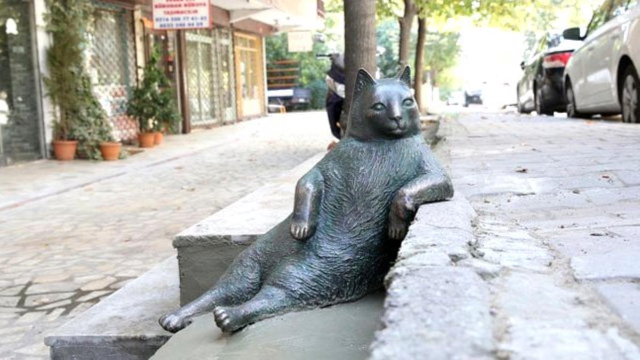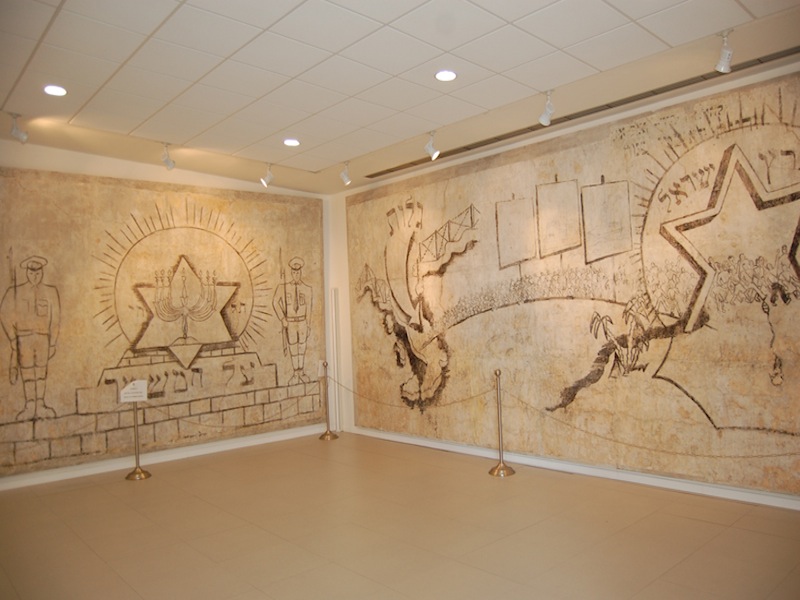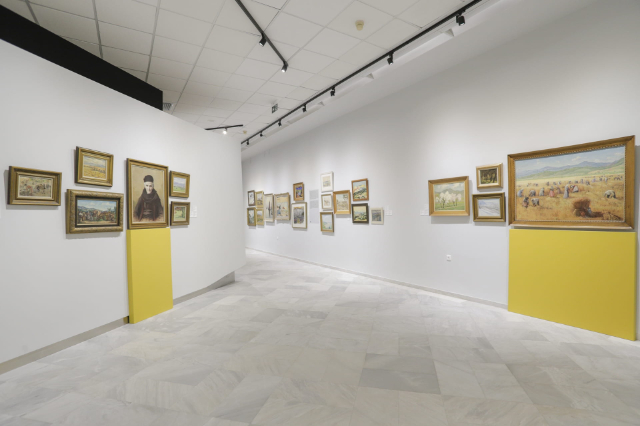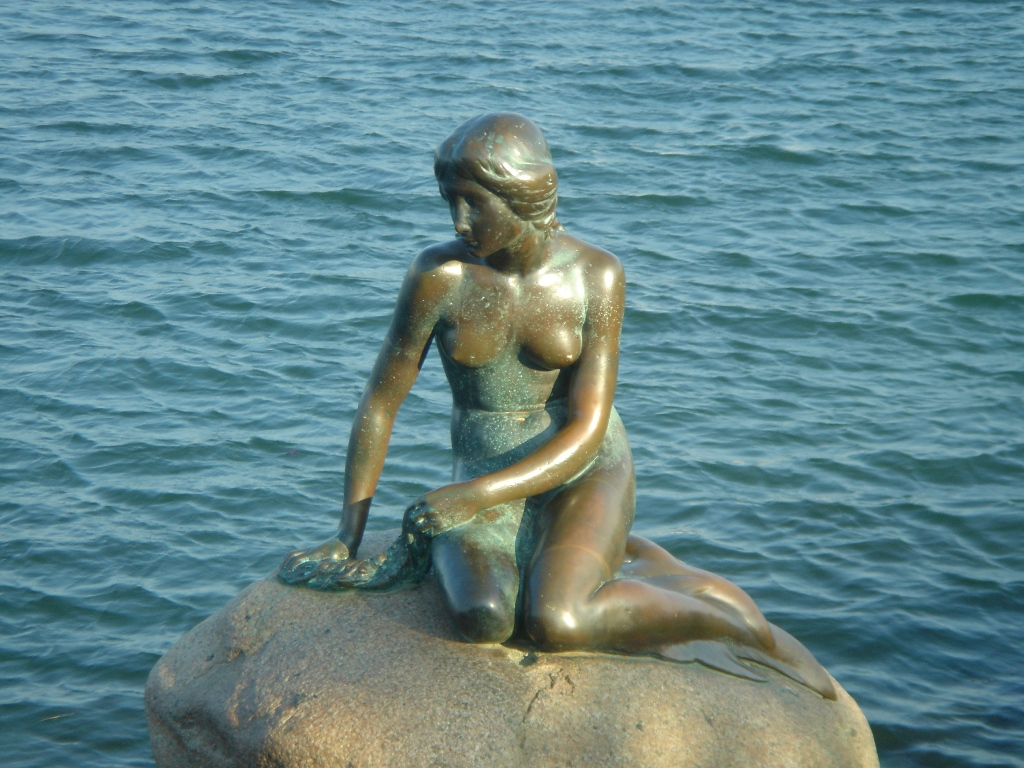The Leaning Tower of Pisa constitutes one of Italy’s most fascinating and world-renowned monuments, admired for the remarkable elegance of its architectural structure, as well as for its extraordinary slope.
Founded in 1173 as a bell tower attached to the Cathedral (begun in 1064 by the architect Buscheto) and Baptistery (begun in 1152 by the architect Deotisalvi) in the "Piazza dei Miracoli," the "leaning tower" is generally believed to be the work of Bonanno.
In fact, during some excavations conducted in the 19th century, an urn with this name was found at the base of the tower, which was believed to be alluding to the tower’s builder.
Scholars have proposed identifying the Bonanno mentioned in the urn with the famous and eponymous Pisan sculptor who was the author of the bronze doors of Pisa Cathedral (of which the one on the façade, dated 1179, has been lost, while the other, the so-called "Door of St. Ranieri," is still preserved and visible outside the southern transept) and the door of Monreale Cathedral (dated 1185).
After just 12 years (1185), however, the first signs of ground subsidence occurred, causing the tower to tilt and causing work to stop in the middle of the third floor.
Construction was resumed only in 1275 by Giovanni di Simone and completed in the second half of the 14th century.
Together with the baptistery, the bell tower constitutes one of the first monuments in which the great novelty of the architectural language expressed in the nearby cathedral is assimilated and re-proposed a few years later.
Circular in plan, it reproposes the theme of open loggias with arches on columns, which will constitute one of the most successful motifs of Pisan Romanesque. In the first order at the base is the motif, equally taken from the Duomo, of blind arcades on semi-columns framing lozenges. At the top it ends with a cylindrical belfry with a smaller diameter than the central body of the tower.
Above the entrance door was a sculpture of the Madonna and Child, attributed to Andrea Guardi and now housed in the Museo dell’Opera del Duomo. In recent years, the Pisa tower has undergone stabilization work to reduce its slope: on the other hand, ground subsidence is a phenomenon that also affects other Pisan monuments, such as the bell towers of the churches of S. Michele degli Scalzi and S. Nicola.
